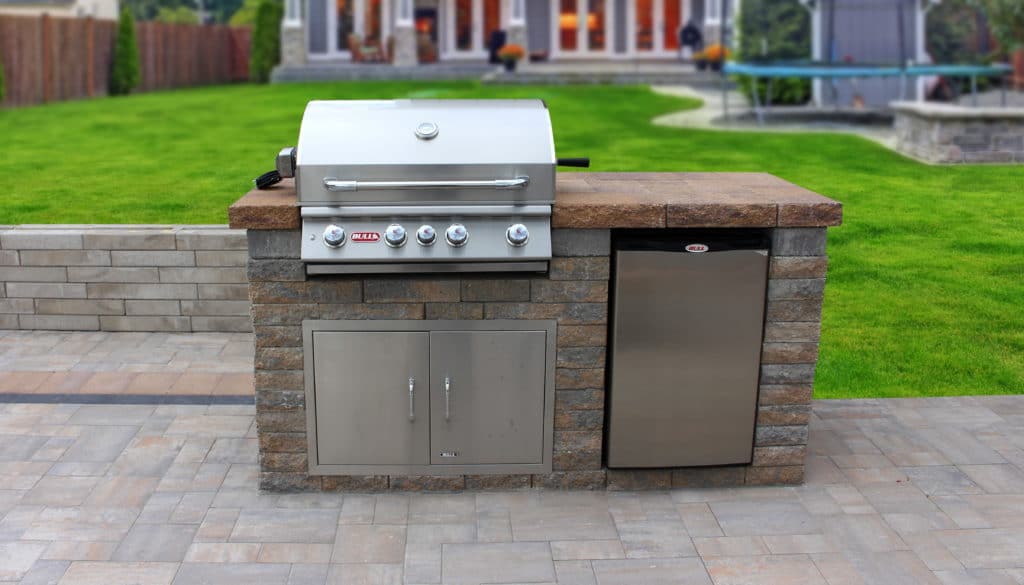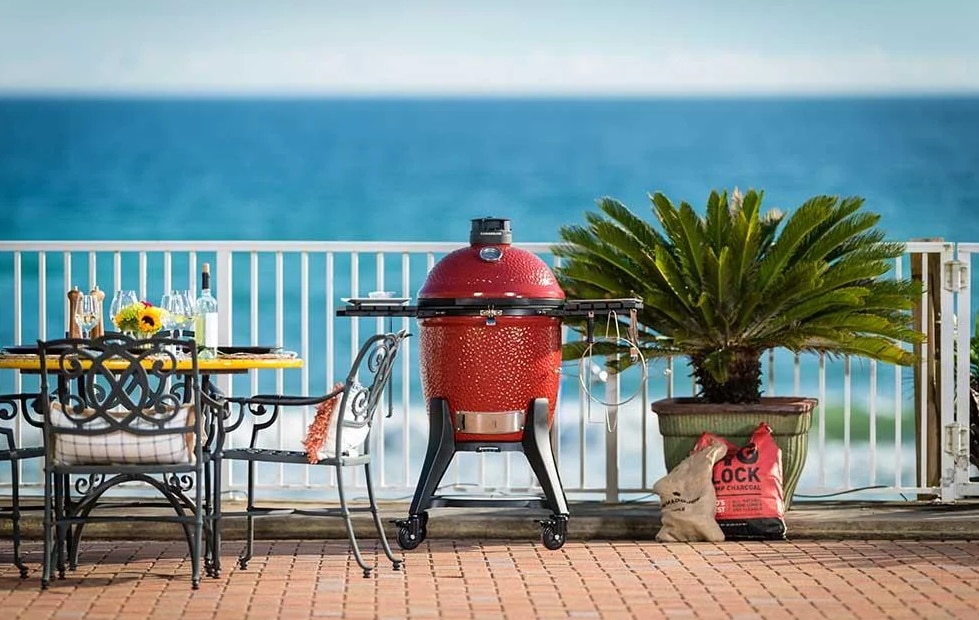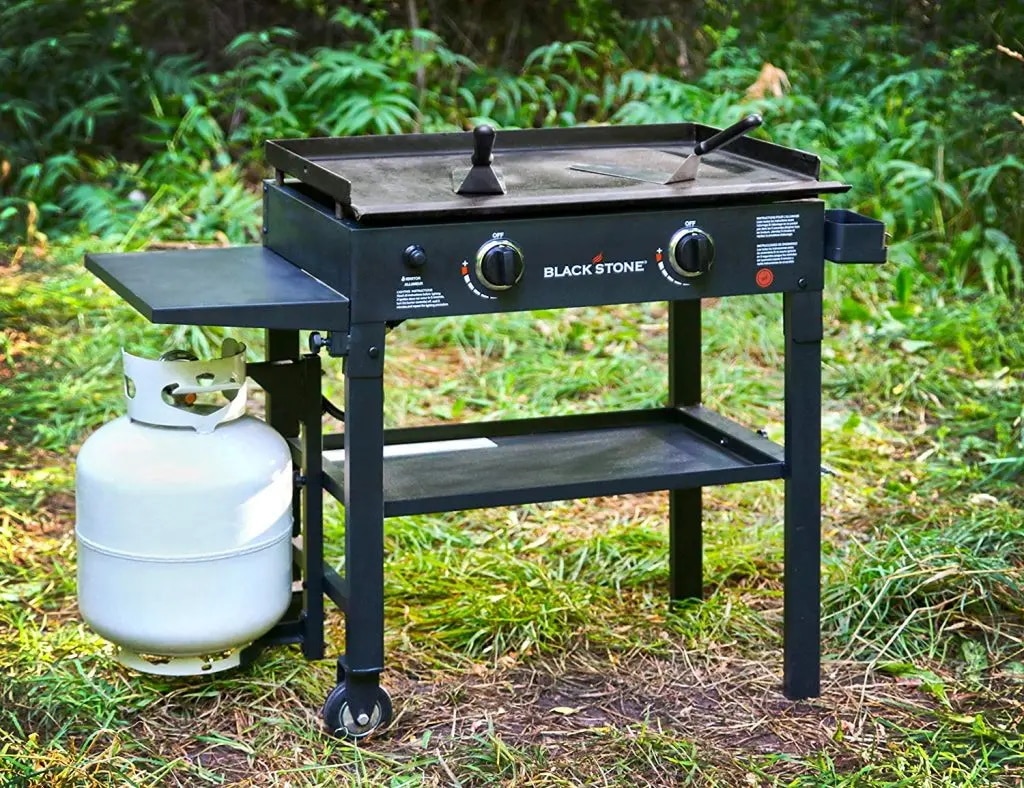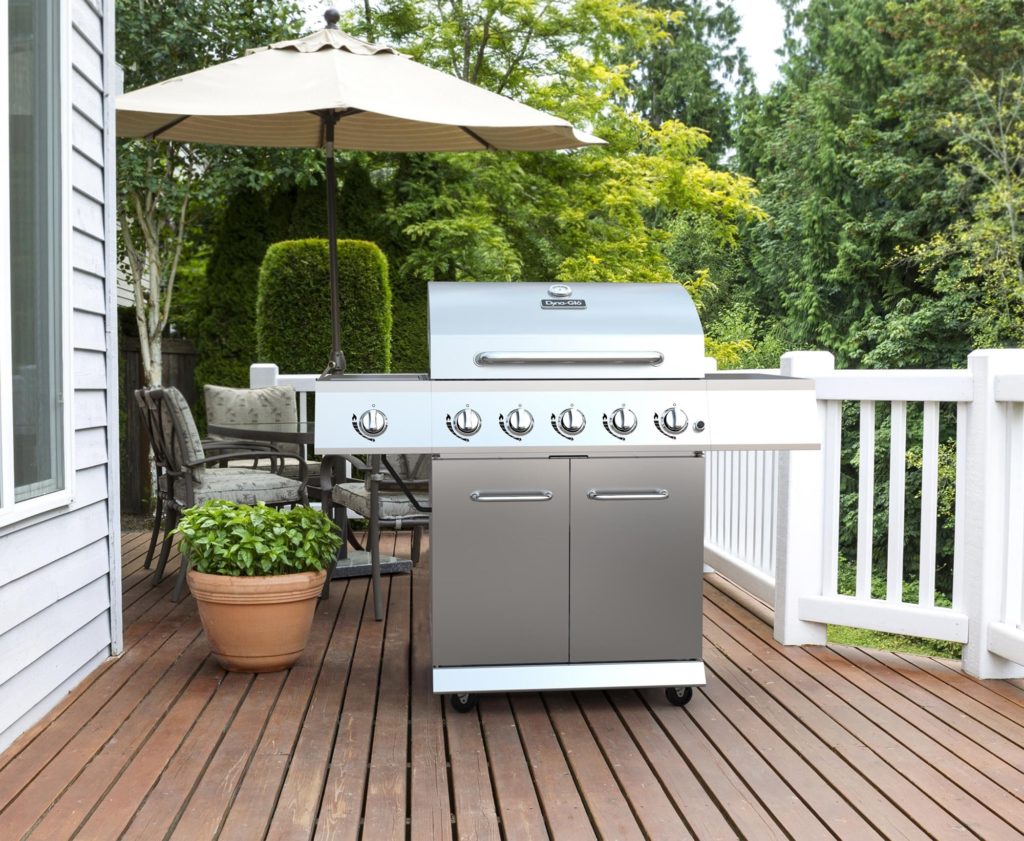
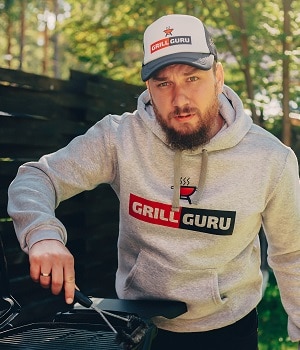
Charcoal is a porous, black solid that consists of carbon and ash. It is formed through the incomplete combustion of animal or plant products. There are lots of different types of charcoal, and it has been used for a variety of purposes, including fuel, medicine, and art. Its primary use is for outdoor cooking. The next most common use is activated charcoal, which is used in industrial applications because of its absorptive properties.
Charcoal has many different physical properties. Typically, it is amorphous, black, and porous. It has a low density and low mechanical strength. Because of its absorptive properties, it is often used as an antidote to poisoning in medicine. In terms of its chemical properties, charcoal is highly combustible and has high reactivity with carbon dioxide. Thanks to its porosity and high surface area, it absorbs chemicals in the stomach and prevents them from being absorbed into the blood as it itself is not readily absorbed in the GI tract, nor is it metabolized. Let’s explore the different types of charcoal for their primary use in cooking.
There are lots of different variations of charcoal Trusted Source Charcoal - an overview | ScienceDirect Topics Charcoal is produced by the incomplete combustion of plant or animal products. The major use of charcoal is for outdoor cooking. The second largest use of charcoal is in industrial applications in the form of activated charcoal. www.sciencedirect.com , and not all types are used for outdoor cooking. However, forgetting the medicinal activated charcoal and the charcoal used for art, there are lots of different types of cooking charcoal. Let’s explore these.
Most people who’ve been to a barbecue will have seen lump charcoal Trusted Source Encyclopedia of Toxicology | ScienceDirect Charcoal is an odorless, tasteless, fine black powder, or black porous solid consisting of carbon, and any remaining ash, obtained by removing water and other volatile constituents from animal and vegetation substances. Charcoal has been used since the earliest times for a range of purposes, including art, medicine, and fuel. It is a gastrointestinal decontaminant and is used to treat people who have ingested dangerous substances. www.sciencedirect.com . This is the traditional type of charcoal, and it usually produces much less ash than charcoal briquettes. Lump charcoal is manufactured through carbonization Trusted Source However, even with carbonization kilns with technological advances available, most of the world charcoal production still uses from traditional kilns with low technology, which results in worse charcoal yield and quality. Therefore, several aspects are discussed that involve the production of charcoal and help to explain the difficulty in the consolidation of kilns with better technology. and is one of the best cooking charcoals you’ll find.
Often, lump charcoal barely has any organic matter remaining, so the quality of the burn is excellent. Lump charcoal does tend to burn at higher temperatures than other charcoals, which means you’ll need to pay close attention to your food and also replenish it if it burns out quicker than you’d expect. Lump charcoal is great when used in charcoal smokers.
The first charcoal briquettes were created and patented in 1987 Trusted Source When Was Barbecue Invented? But modern-day backyard barbecuers have Ellsworth B. A. Zwoyer of Pennsylvania to thank for making their lives much easier. In 1897, Zwoyer patented a design for charcoal briquettes and even built several plants after World War I to produce these compacted squares of wood pulp. www.thoughtco.com by Ellsworth B. A. Zwoyer in Pennsylvania, U.S. Charcoal briquettes are manufactured with wood by-products like sawdust that are mixed with additives and a binder like starch before being compressed into shape. Briquettes often contain ingredients like sodium nitrate or borax to help them ignite as well as limestone to whiten the ash.
Unlike briquettes made out of sawdust and additives, hardwood briquettes are very dense. These won’t burn quickly because it takes the heat a long time to burn through them.
Hardwood briquettes can be a little more expensive, but if you’re a keen griller, you’ll know just how much the flavor of your food can be altered with good charcoal.
Thanks to their slow burn, hardwood briquettes are ideal for slow roasting meats and cooking the perfect steaks. If you’re hosting a long event with lots of people to cater to, these are a great option. What’s more, you don’t have to keep an eye on your food as much, so you won’t have to sacrifice your social time by standing over the grill all of the time. Also, if you need a new grill for your event, these are the best charcoal grills for under $100.
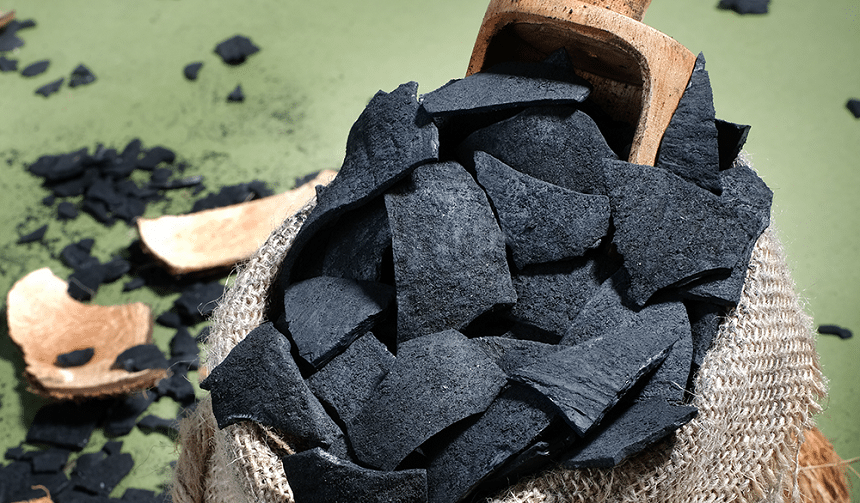
When it comes to making coconut shell charcoal Trusted Source How to Make Charcoal from Coconut Shell - Beston Group Coconut shell charcoal has a lot of uses and a high market value. If you grasp the techniques of how to make charcoal from coconut shell, it will help you to make a lot of money. It is truly a good idea of investment for those who have plenty of coconut shells waste in hand and want to do the recycling business. www.bestongroup.com , things are a little different. Firstly, the coconut shells are shredded and fed into a drying machine. In this machine, they experience flash steaming to dry them out. They then go on to be carbonized. Once carbonized, they are cleansed to become clean.
Due to the way it is manufactured, coconut shell charcoal will burn stronger and longer than regular charcoal. However, it’s really hard to come by. Though this is an excellent fuel for barbecues, don’t expect a coconut hint of flavor to your food! It can be hard to light, too, so you might want to invest in electric charcoal lighter.
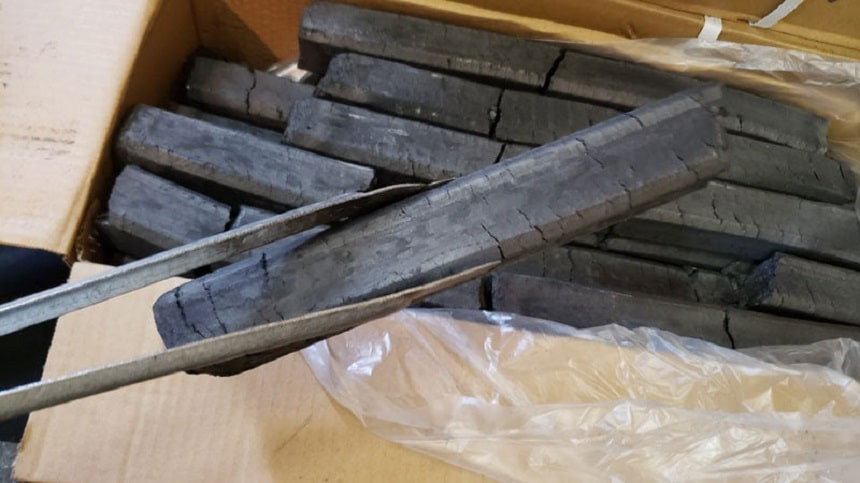
Traditionally, Binchotan is made from Japanese oak wood. The wood is not split or chipped before being made into charcoal. Instead, manufacturers use whole segments of tree branches. Once they’ve sourced the material, the wood is burned at a very low temperature and can be burning for as long as three whole weeks! The reason for such a long burn is to ensure it is consistent through the pieces of charcoal.
Binchotan is also called ‘white charcoal,’ and once you know what it is, it is easily recognizable because it still looks like parts of tree branches.
The benefits of binchotan are that it burns for at least five hours with minimal smoke, little flair up, and hardly any tainting of food flavor. It is high-quality charcoal, which is reflected in its price.
So, it’s not easy to decide which type of charcoal is best because it depends on what you want to cook and how you want to cook it. If you’re cooking for a small number of people and need your food to be done quicker, lump charcoal is the best option to go for. If you need a slower burn or want to make the most of cooking outside and are not in any rush, hardwood briquettes are a desirable choice.
Even though charcoal grilling has been around since the stone age, things have changed a lot! If you’re new to grilling outdoors, the diverse types of charcoal might confuse you. If you’re not sure what to go for, experiment with each one. Also, be sure to check out online reviews if you’re going to buy branded charcoal for your barbecue. Some people prefer the lower heat and slower burn, while others (usual people with hungry children) opt for charcoal with higher heat and quicker burn. So, why not experiment with binchotan for a Japanese-themed meal, coconut shell charcoal for a rare treat, and hardwood briquettes for a slow-cooked perfect steak? Many professional outdoor chefs stick to one type of charcoal once they’ve found their favorite, and the chances are you will too. Until then, try them all!
